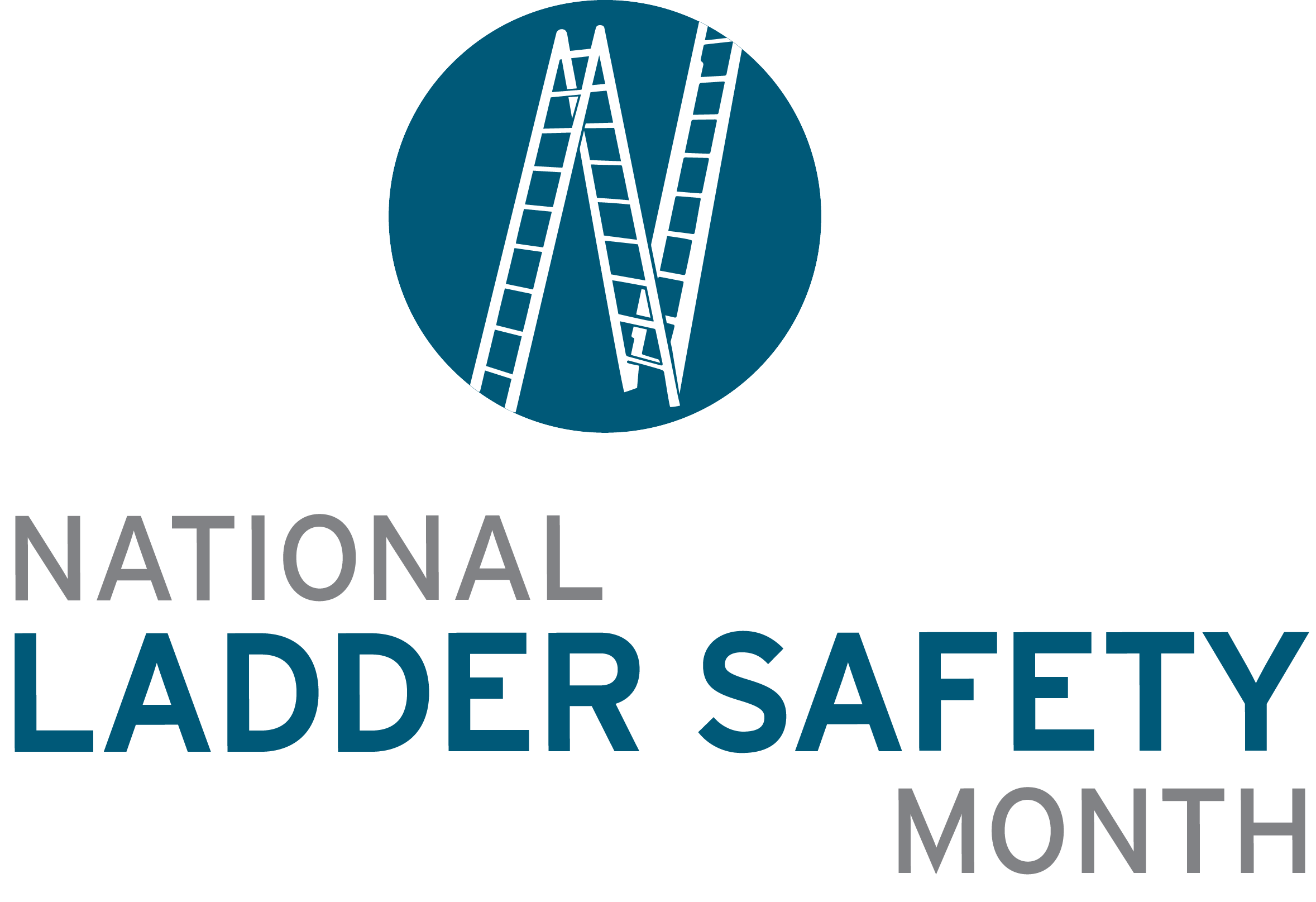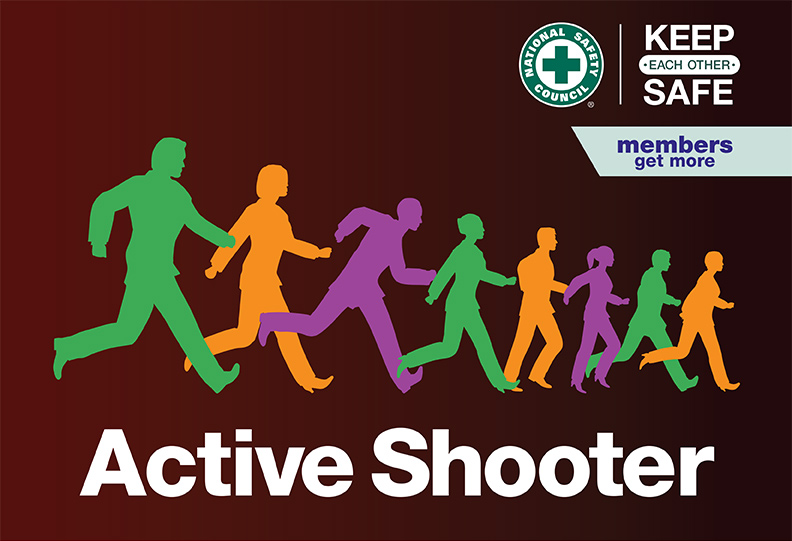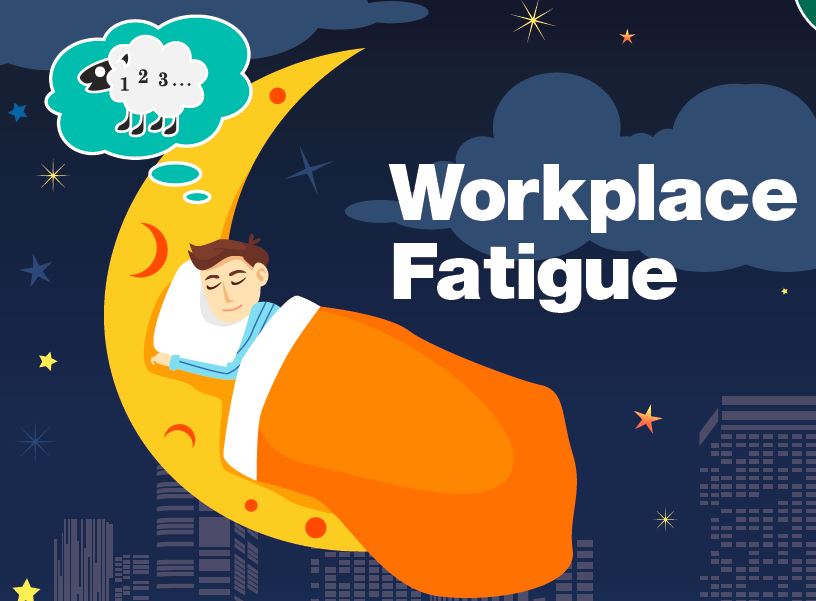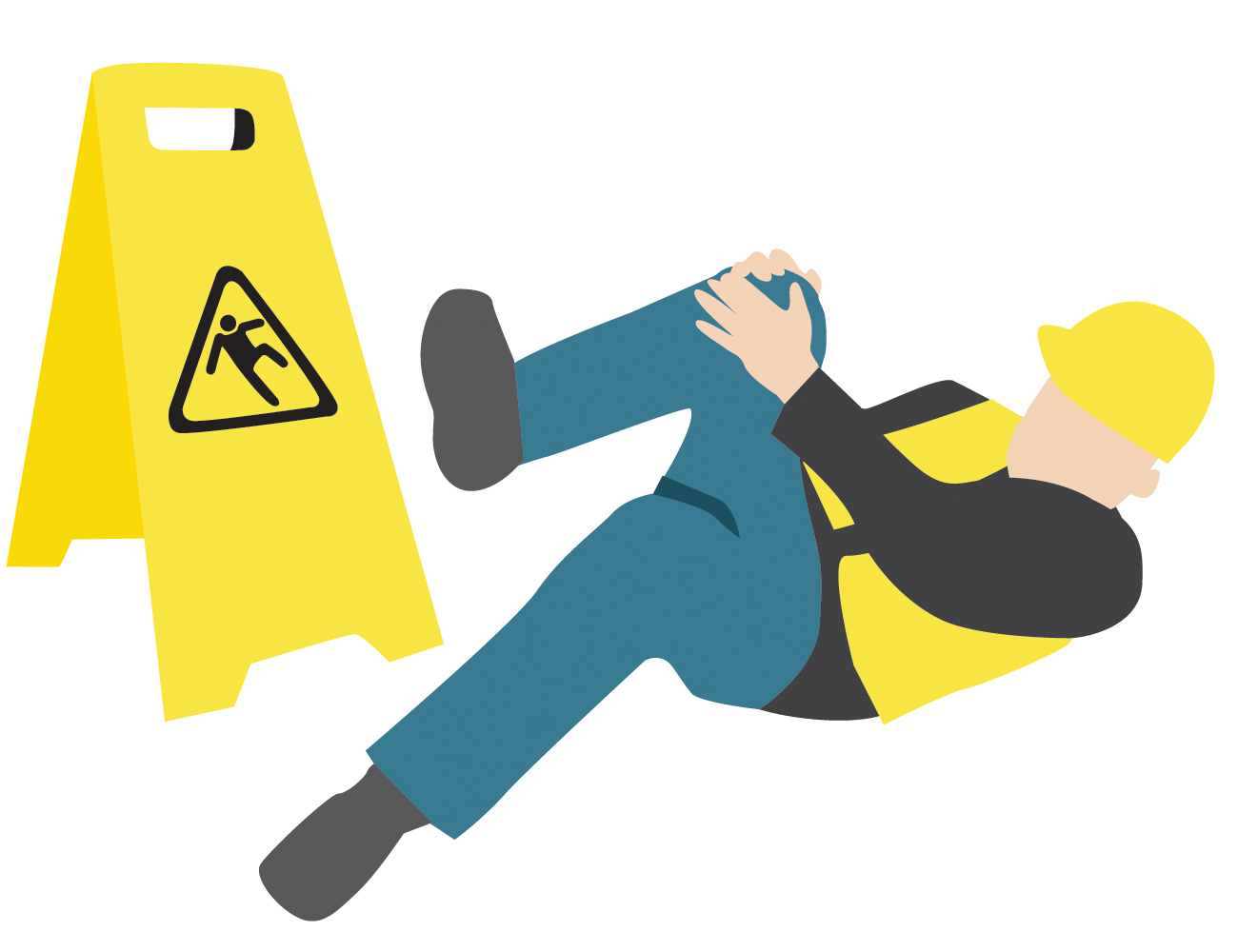National Safety Month: Work Ergonomically
The National Safety Council defines ergonomics as designing and arranging workspaces so people work efficiently and safely. Ergonomics is used to evaluate how you do tasks and to identify any risk factors that might lead to injury. Then, once identified, the next step is to find the best solution to eliminate risks or manage hazards.
We are an NSC member and make safety a priority everyday. In fact, it is a cornerstone of how we help our customers build safer communities, and safety plays into how we operate internally.
Tips for Working Ergonomically
- For proper posture, adjust your chair so that your feet rest on the floor and your knees are level with your hips
- More on posture: keep your body centered in front of your monitor and keyboard
- For the correct ergonomic position, computer monitors should be about an arm’s length in front of you
- Work smart: keep items you use regularly (phone, stapler, etc.) close to your body so you avoid unnecessary or awkward stretching
- Arrange your computer mouse close to your keyboard, and keep your wrist relaxed when you use it
- When you type, keep your wrists in a straight position. Avoid bending up or down, and consider using a wrist rest to help minimize stress
- To avoid glare, keep the brightest light source in your workspace to the side of your monitor
- Do not stay sedentary throughout the day! Take brief breaks to stretch and walk around regularly
- If possible, vary your workday by spacing out different types of tasks
- Inform your supervisor if you experience ergonomic discomfort on the job. If you experience repetitive pain, do not ignore it
- Abstain from carrying items that are too heavy for you to manage. Seek help from others or use a cart or other tool
- When possible, select tools that are ergonomically designed for comfort
- Remember: lift with your legs and not your back
- Maintain a clean, clear workspace and complete regular inspections
On-the-Job Injuries
The National Safety Council reported that the Bureau of Labor Statistics (BLS) in 2015 31 percent (356,910 cases) of the total cases for all workers were musculoskeletal disorders (MSDs), such as sprains or strains resulting from overexertion in lifting.

Smooth Moves Increase Worker Safety & Productivity
- Let supervisors know if you’re hurting
- Use anti-fatigue mats if standing for a long time
- Alternate repetitive and non-repetitive tasks
- Switch between manual and sedentary tasks
- Alternate using different muscle groups
- Increase breaks from repetitive work
- Become involved identifying problems and solutions
Tasks that put employees at risk include the following items:
- Lifting heavy items
- Bending
- Reaching overhead
- Pushing and pulling heavy loads
- Working in awkward body postures
- Use of vibrating machinery
- Performing repetitive tasks





















Recent Comments